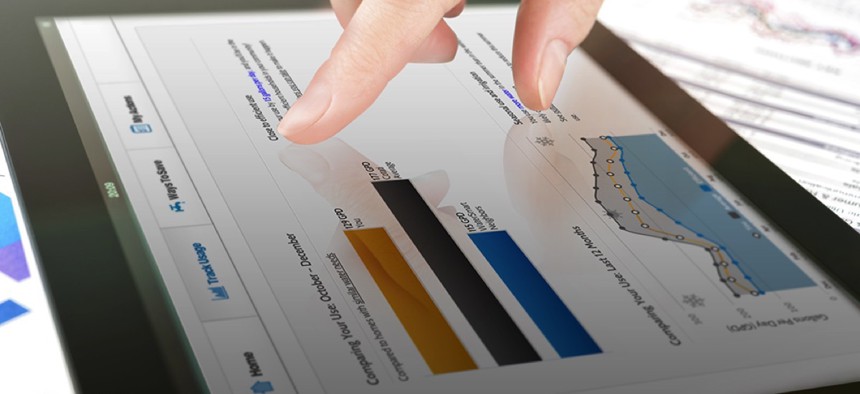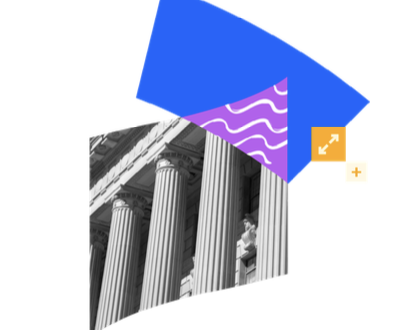Water Utilities Embrace Customer Engagement

WaterSmart Software
Behavioral psychology can promote conservation in a drought.
Utilities have only recently begun improving customers’ understanding of water use and savings through digital engagement, increasing satisfaction, according to a recent WaterSmart Software survey.
Often water utilities must navigate the political climate surrounding regulatory agencies like city councils to secure infrastructure investments because customers dislike rate increases.
The San Francisco-based customer engagement software developer helps utilities impress upon customers the value of water while monitoring consumption patterns to inform funding decisions.
“Historically, the only time a customer heard from their utility it was bad news about a bill, rate increase or outage,” Jeff Lipton, WaterSmart director of marketing, told Route Fifty in and interview. “In every other area of their lives customers have come to expect modern digital communications and multiple channels to access data from like mobile, but the water utility industry is far behind because of this legacy perception.”
WaterSmart polled 14,366 customers of partner utilities and learned 86 percent found its platform made water use easier to understand and 66 percent said it helped with bill savings.
Not only do the results buck traditional industry thinking that utilities should engage customers only when necessary, but they can help them head off consumption and billing questions—saving time and money spent taking calls.
The WaterSmart platform aggregates consumer, property, census and weather data for about 3 million households with water meters to model customer behavior. There are around 100 million water meters in the U.S., so that’s 3 percent of the population modeled.
“Showing customers how comparable households of similar size in their neighborhood conserve water can create change,” Lipton said. “We use behavioral psychology to influence peoples’ behavior.”
Using email, texts, automated voice calls and print communications, utilities can also share information with customers about drought, low income programs, stormwater abatement, rates, and rebate participation. Only 1 percent of customers take advantage of rebates, Lipton said.
The biggest question customers have is why is their water bill so high, but they’re often forgetting how much their irrigation system uses. Other times they have a leaky pipe letting several gallons escape an hour.
“Conservation is not rocket science,” Lipton said. “Providing information helps people become more efficient and changes the dynamic of their ability to save.”
Expect a formalized report on WaterSmart’s survey findings next quarter.
Dave Nyczepir is a News Editor at Government Executive’s Route Fifty.
NEXT STORY: The tech that gives government IT managers heartburn






